Hidden London: Exploring Euston Station’s Lost Tunnels
It’s pretty hard to move to or live in London and not be in awe of the Underground. Or feel consistently frustrated with it. After living in the city for over two years, I know I would bitch and moan when I have to wait more than five minutes for a train and do all within my power to avoid catching the Bakerloo line on a summer’s day (it’s hotter than Hades down there at the best of times!).
The Underground system is old (hence the lack of air-con) and complex, with many tunnels and stations closed and locked off to the public. Until 2015 that is, when Hidden London started opening up old and forgotten parts of the underground as tours for residents of the city and travellers, alike.
One such tour was the Lost Tunnels of Euston Station – tunnels that had remained largely untouched and intact since they were last used in the 1960s. Walking through them was like walking into a time capsule from that era.
It was a very cool tour and well-worth booking onto. This is what you too can expect if you tour Euston Station’s lost tunnels.
Related: Offbeat Tours in London: See a Different Side of the UK Capital
The History of Euston’s Lost Tunnels
We met on the corner of Melton Street and Drummond Street, right outside what turned out to be one of the original station buildings. Here, we donned some fashionable high-vis vests and the tour began.
The tour started with a quick rundown on the history of the station entrance we were currently stood in.
The Charing Cross, Euston & Hampstead Railway (which I will refer to furthermore to as the acronym CCE&HR, as that was upsetting to type), designed by architect Leslie Green, was opened in 1907. It survives to this day, as it contains an essential ventilation shaft for the Northern Line.
CCE&HR was lucky to have survived. I had no idea that the entrance was once flanked by Doric propylaeum, known as the Euston Arch. The arch was demolished in the 1960s (such a terrible era for the conservation of Victorian architecture). Euston station was rebuilt into station we know it as now.
Two structures that survived the purge of the 1960s were the original gatehouses of the station. One now serves as a beer house, the other a cider house. The buildings feature inscriptions allegedly bearing the places that one could travel to from Euston. I feel in some cases they were stretching the truth.
Related: An Over-Ambitious London Bucket-List in Six Days or Less
A Whole New Meaning to Underground
One powerpoint presentation later, we headed to Euston’s Underground station. Our group of twenty marched down the escalators and along the Northern line platform for Bank. Here, our tour group leader pulled open a door at the far end of the platform and we filed through.
The “Lost Tunnels” of Euston are a series of tunnels that closed to the public in the 1960s.
As a result, the tunnels act like a time capsule of sorts. Advertisements from the sixties adorn the walls, advertising the likes of West Side Story, Psycho and the P&O cruise that took travellers from the UK to Australia. That’s one long boat ride…
Euston was originally home to two competing underground lines – the aforementioned CCE&HR and City & South London Railway (C&SLR, to save my fingers from RSI).
These two companies were responsible for separate branches of the Northern line. This is why we continue to have two branches (Bank and Charing Cross) to this day. The line had a shared entrance inside the mainline Euston station and their own separate entrances outside.
The companies merged to form the Underground Electric Railways of London (UERL) in 1914. The two separate stations buildings closed (with the Melton Street entrance surviving to this day).
So these tunnels connected the booking halls and platforms of the before separate companies together. The Victoria Line came into being in the 1960s, the Northern line tunnels reshaped and the old tunnels sealed off.
They now serve as maintenance storage, as well as providing ventilation for the station. This is something that is absolutely needed throughout the underground system.
Highlights of the Tour
Perhaps the most interesting sight was this little ticket office, located way underground. Passengers needed different tickets for each separate line. You could either buy a ticket from the mainline station at Euston, or line up outside this sweet little office instead.
We walked through to some of the more “modern” tunnels, built to act as ventilation for the Northern line. These featured grills that looked down at the platform below. People loitered along the platform’s edge, unaware that they were currently being watched from above. Every now and then a train would come past, blasting cold air up into the tunnel.
The tour is an interesting insight into the convoluted history of London’s underground system. If the proposed rail system High Speed 2 (HS2, how much fun are acronyms?) goes ahead, Euston station could act as one of the main access points of the cross rail.
This means the station could change irrevocably, very soon. It’s always nice to see these sorts of things, before they’re lost to us forever.
The Euston lost tunnels tour is now sold out. Tickets are still available for other hidden tours around London’s Underground stations. Euston may be available again next year, but I’m personally holding out for Aldwych tube station. The tunnels were cool, but I think a permanently closed station would be much more interesting to tour around.
Like this article? Pin it!

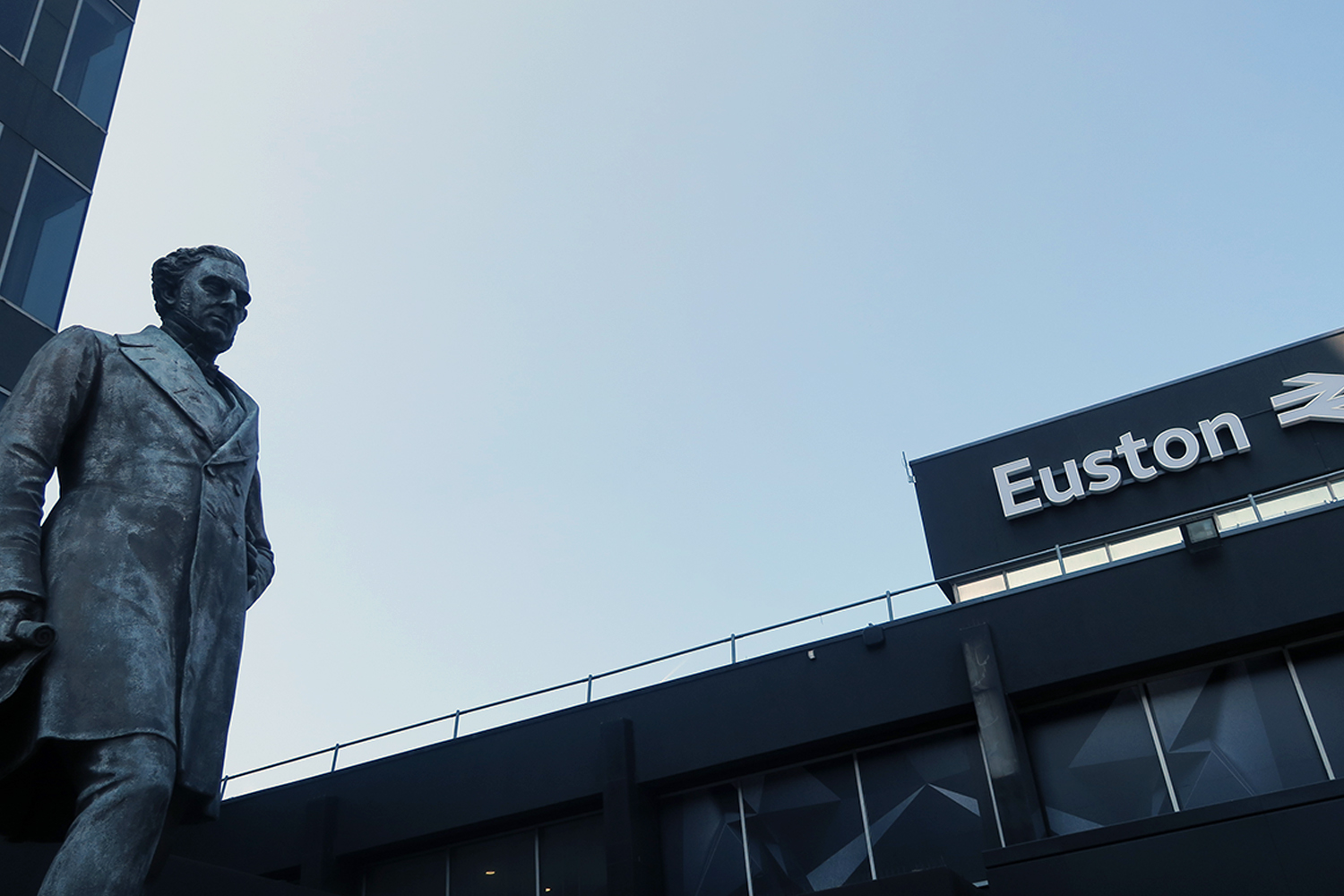
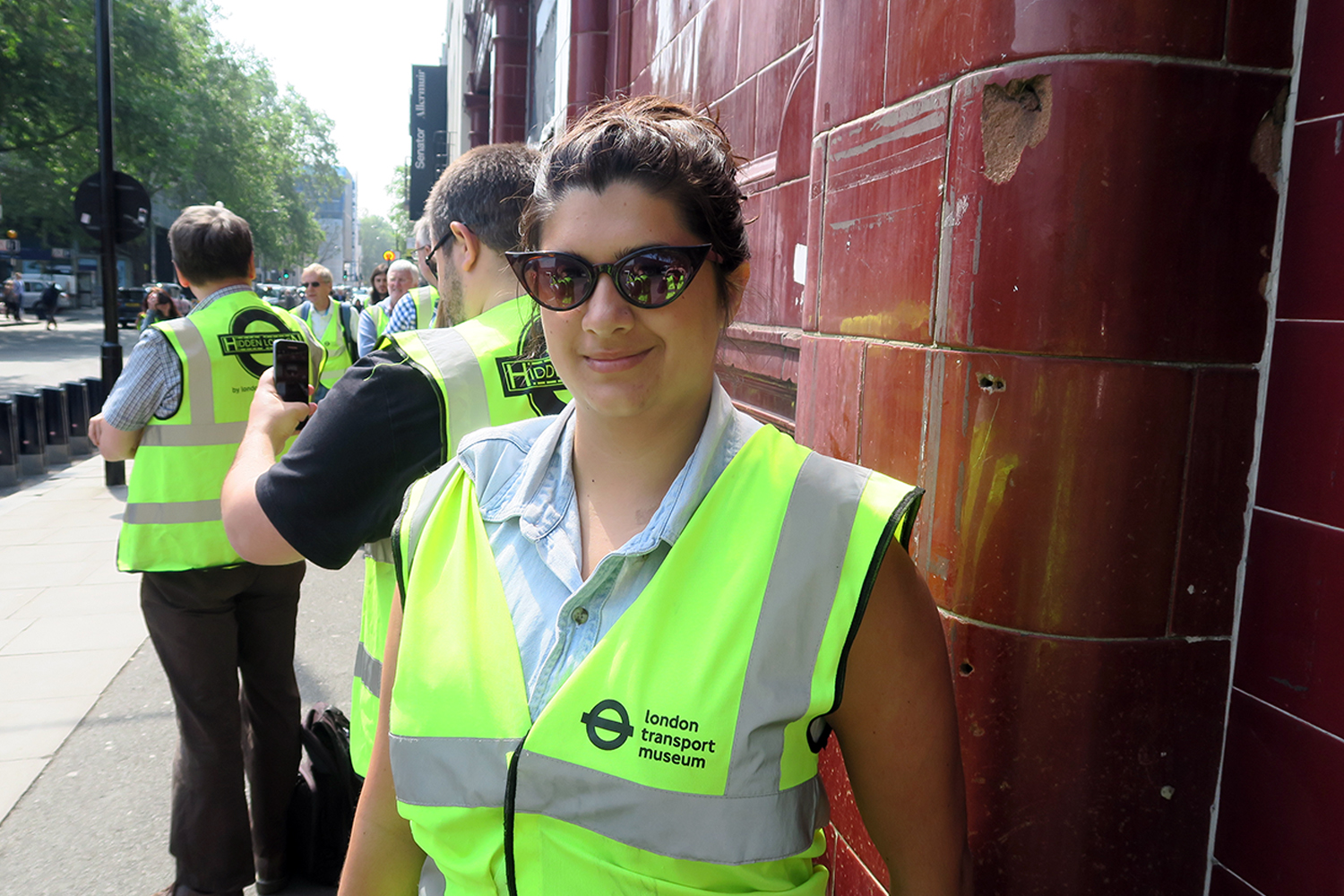
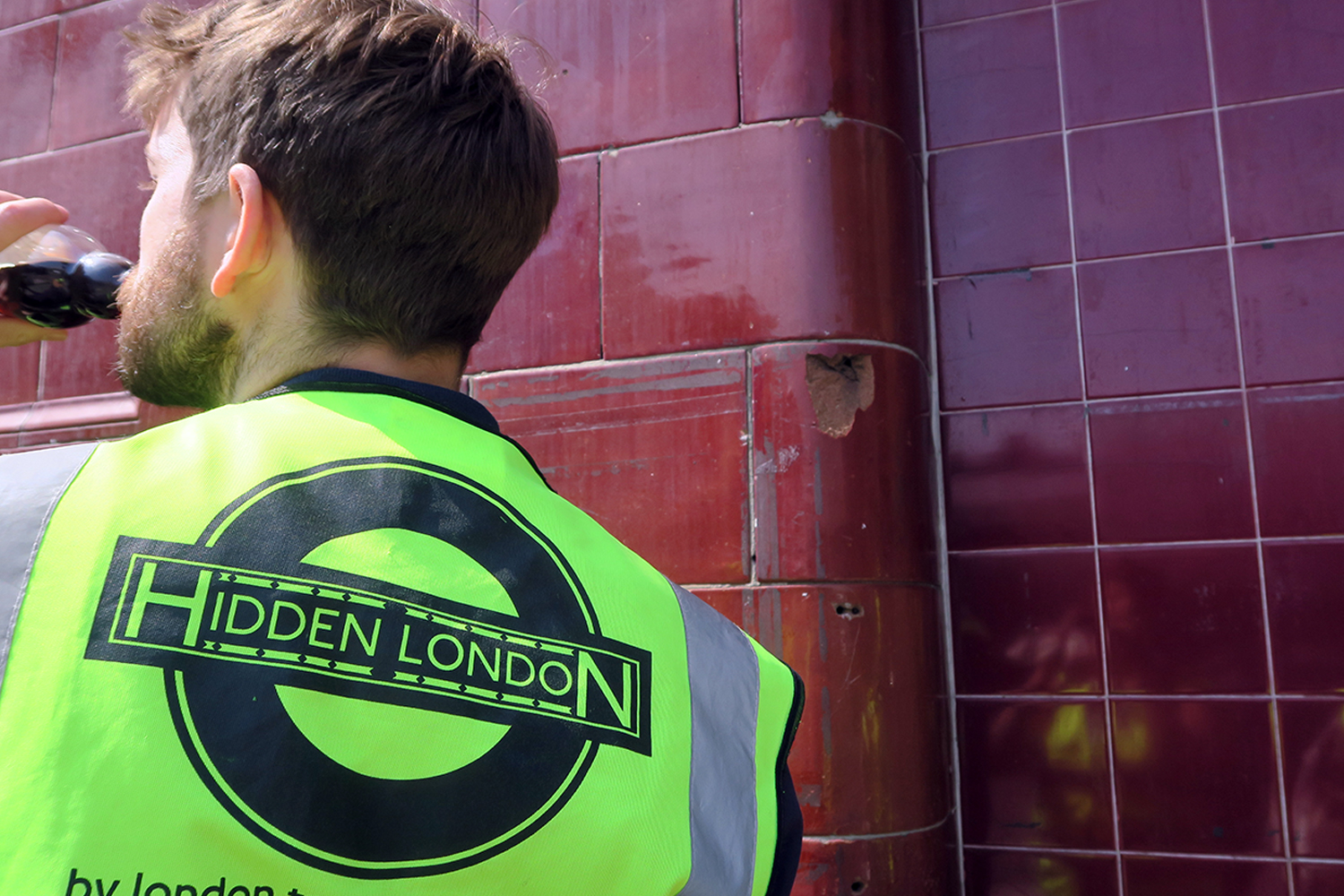
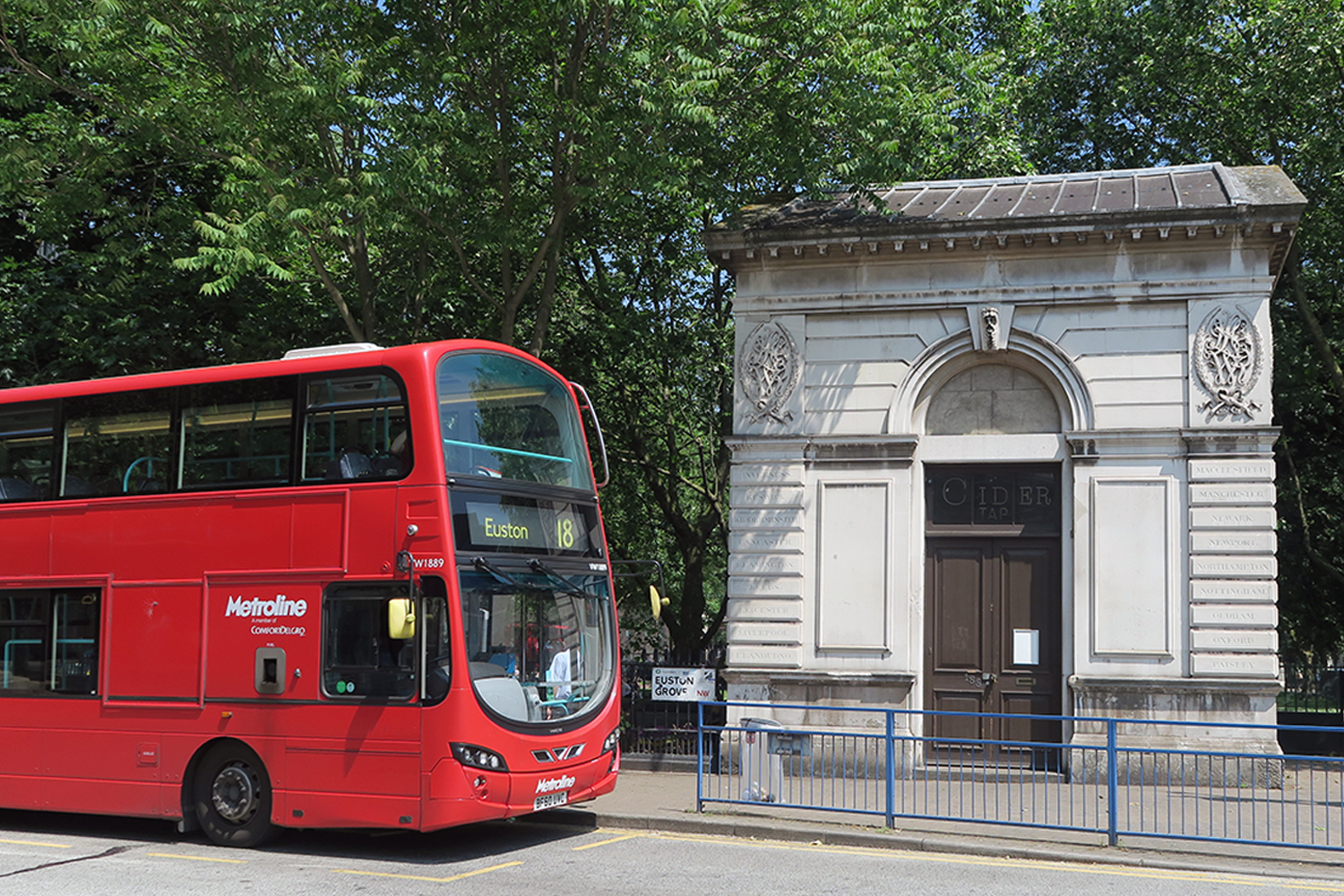
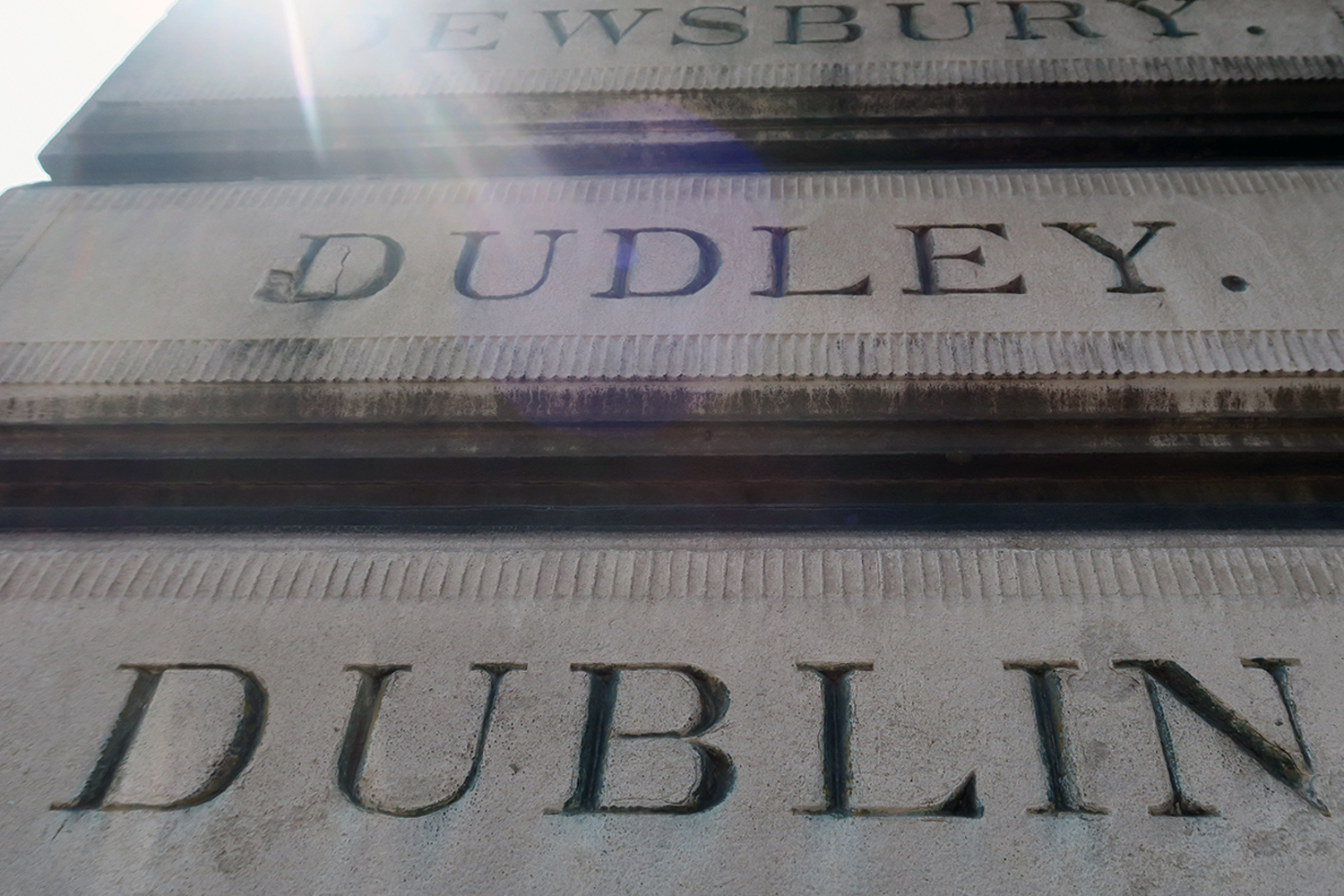
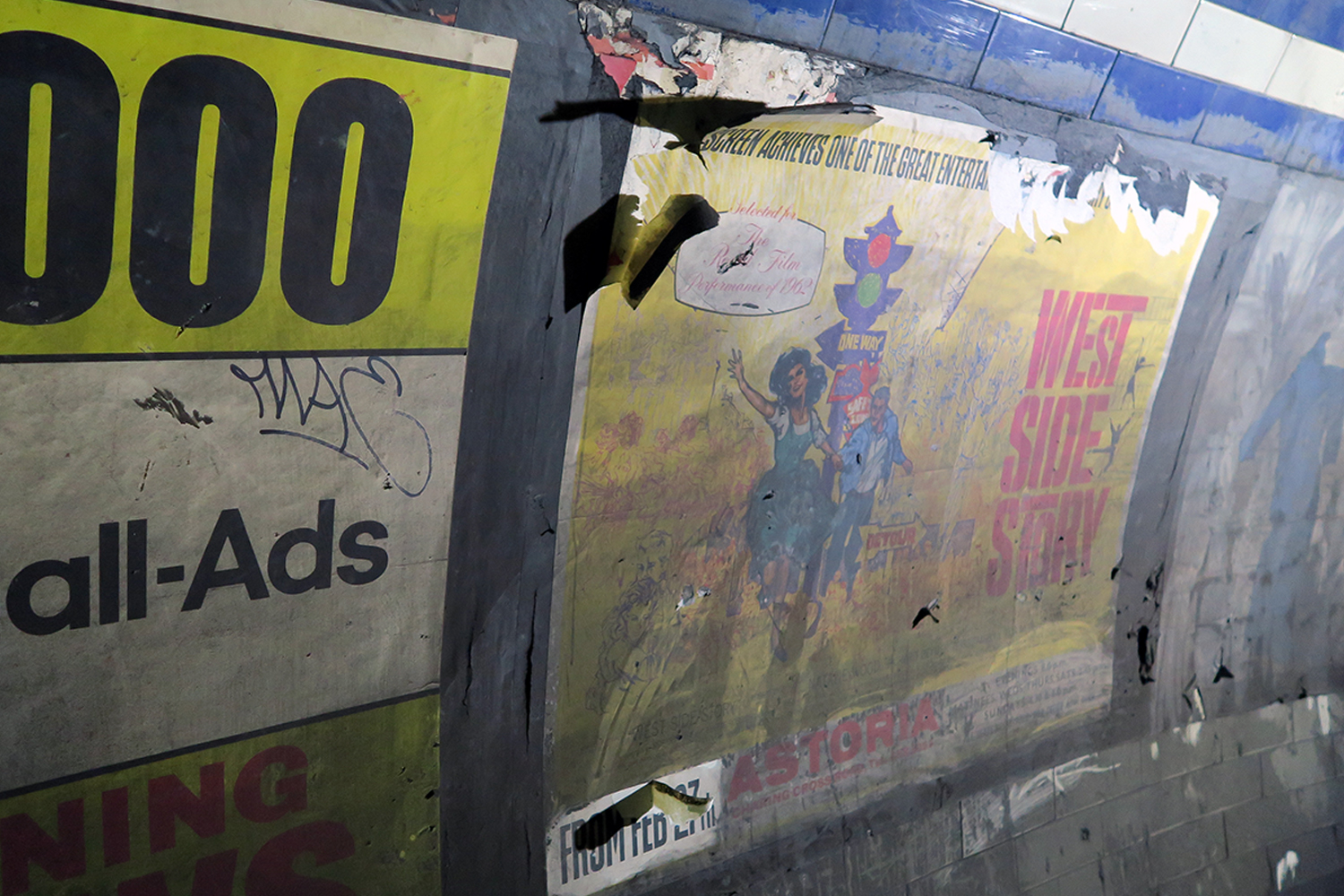
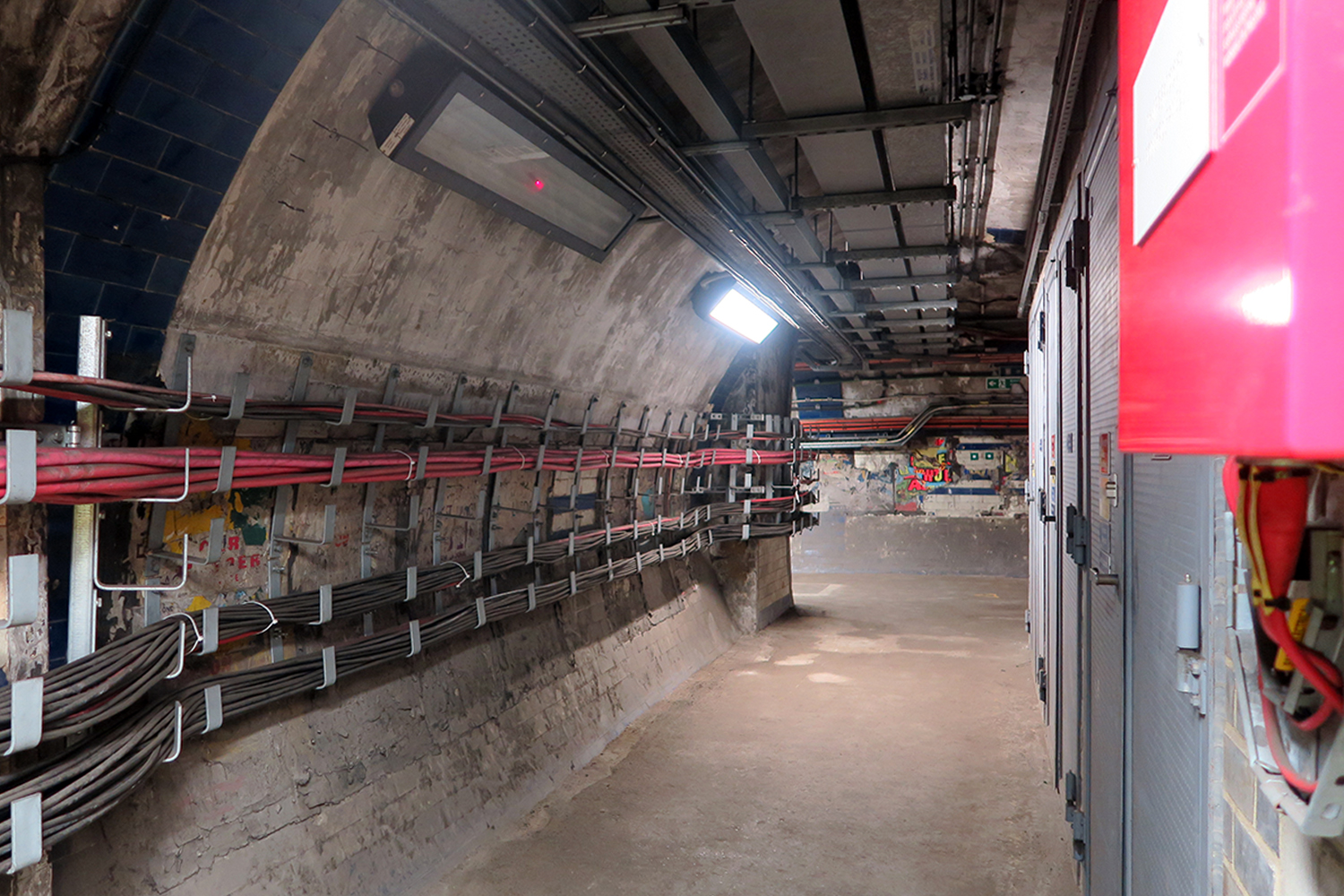
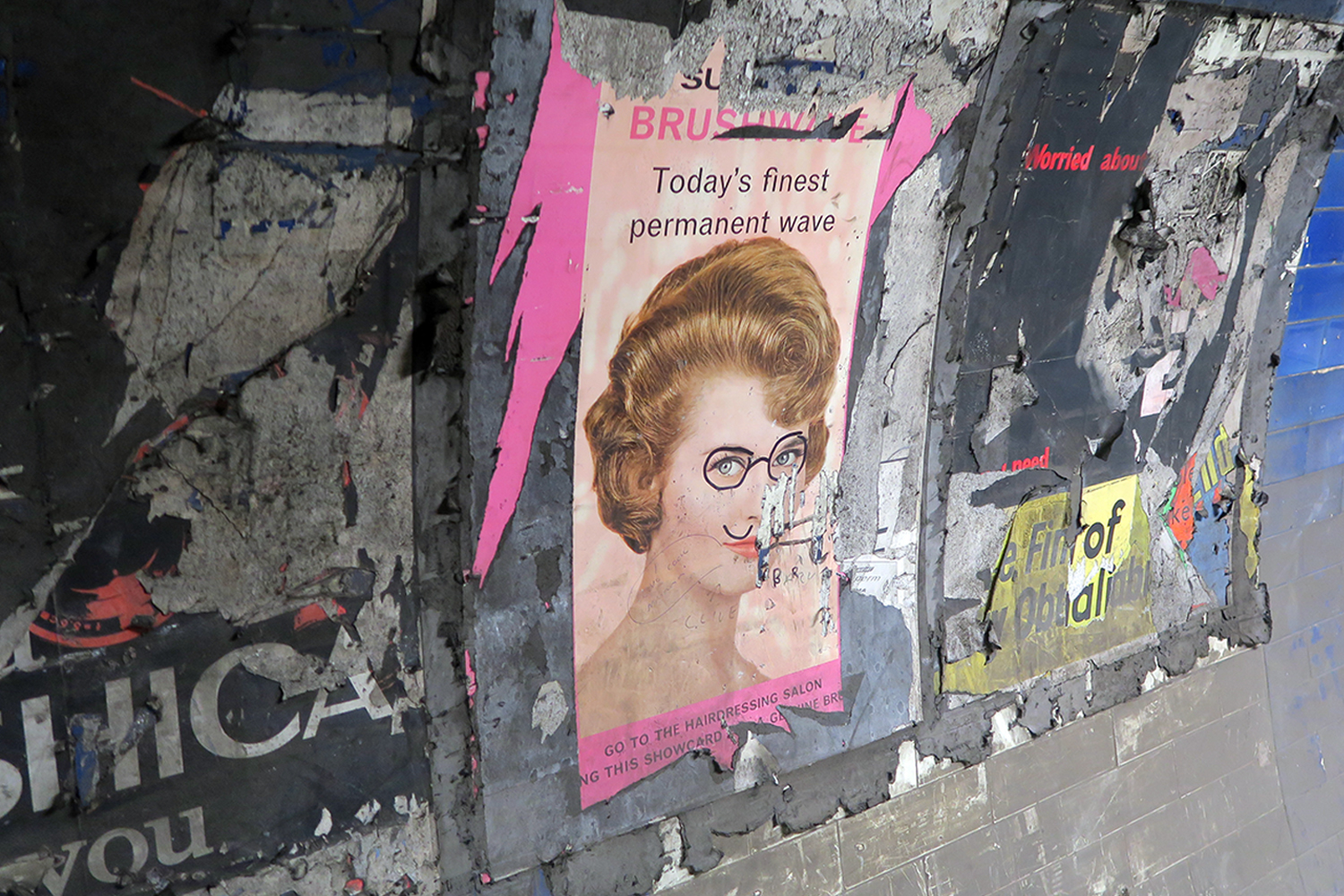
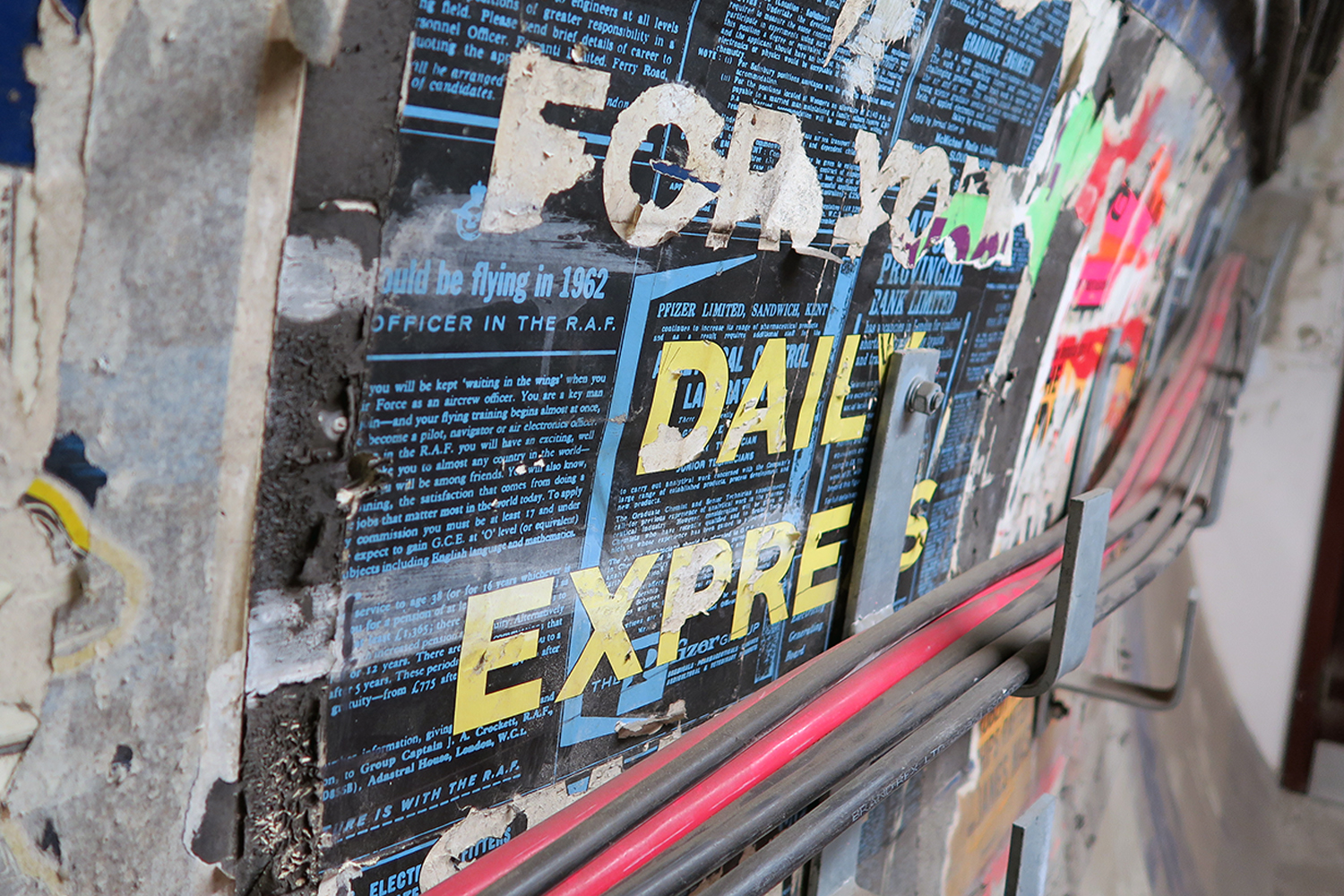
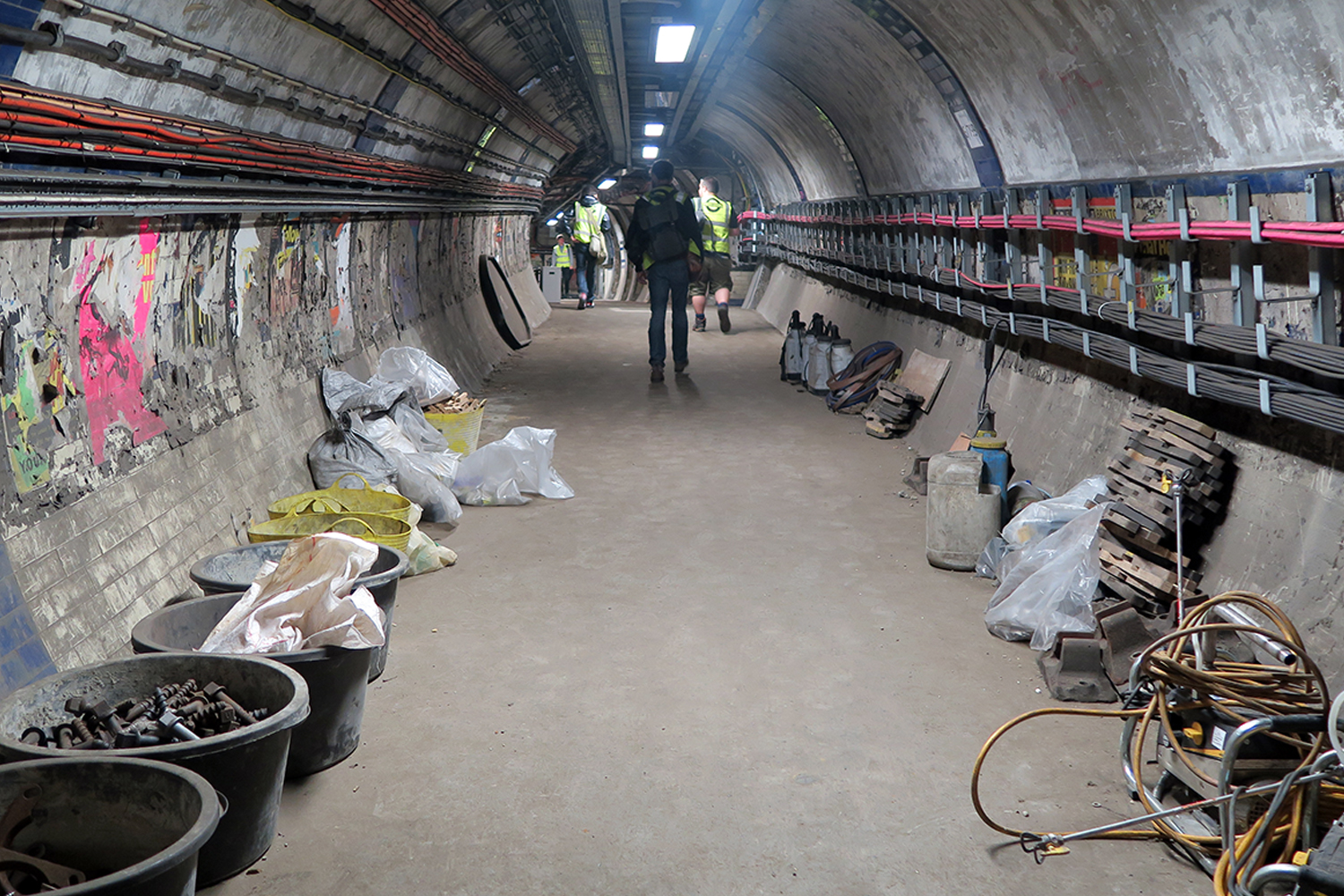
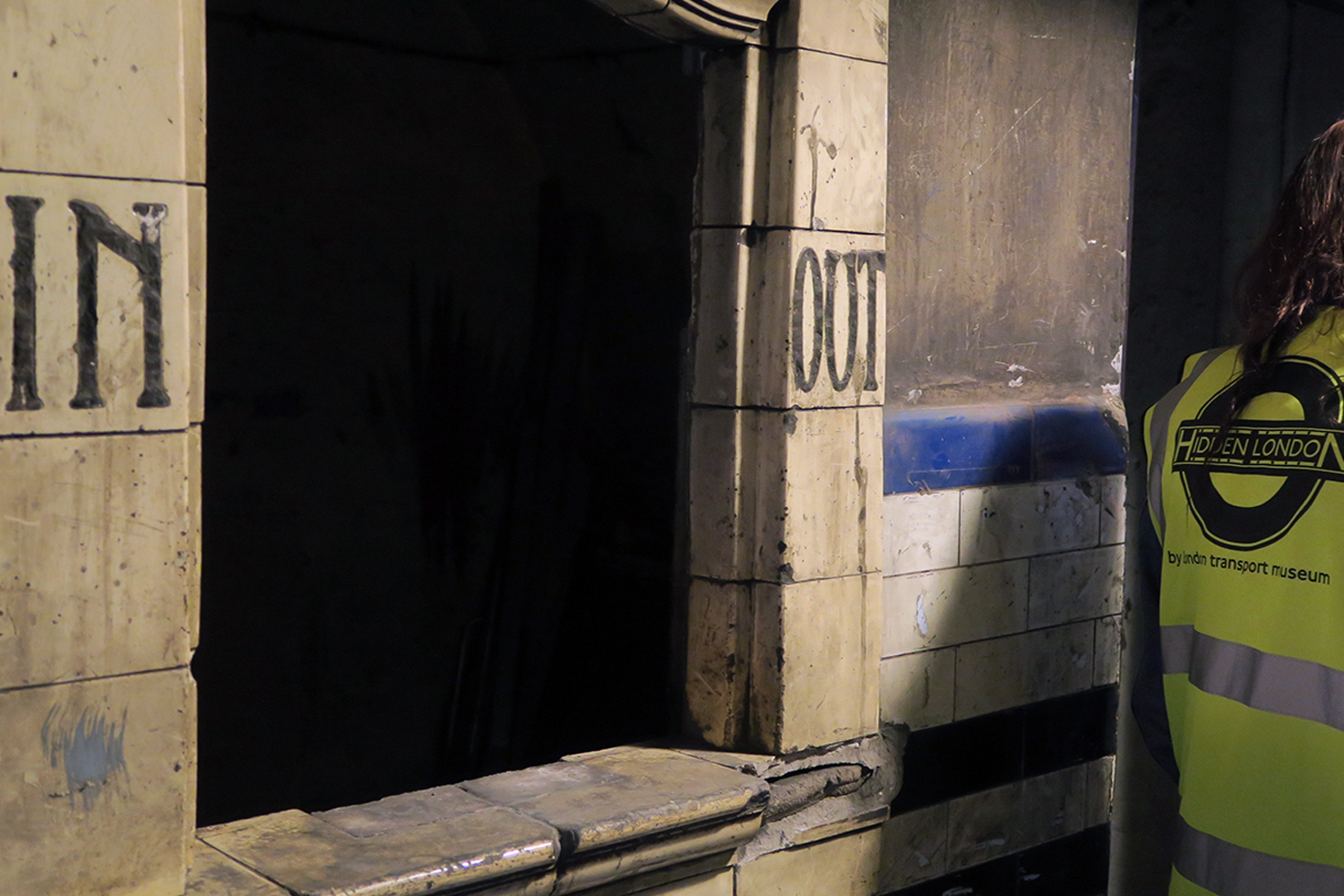
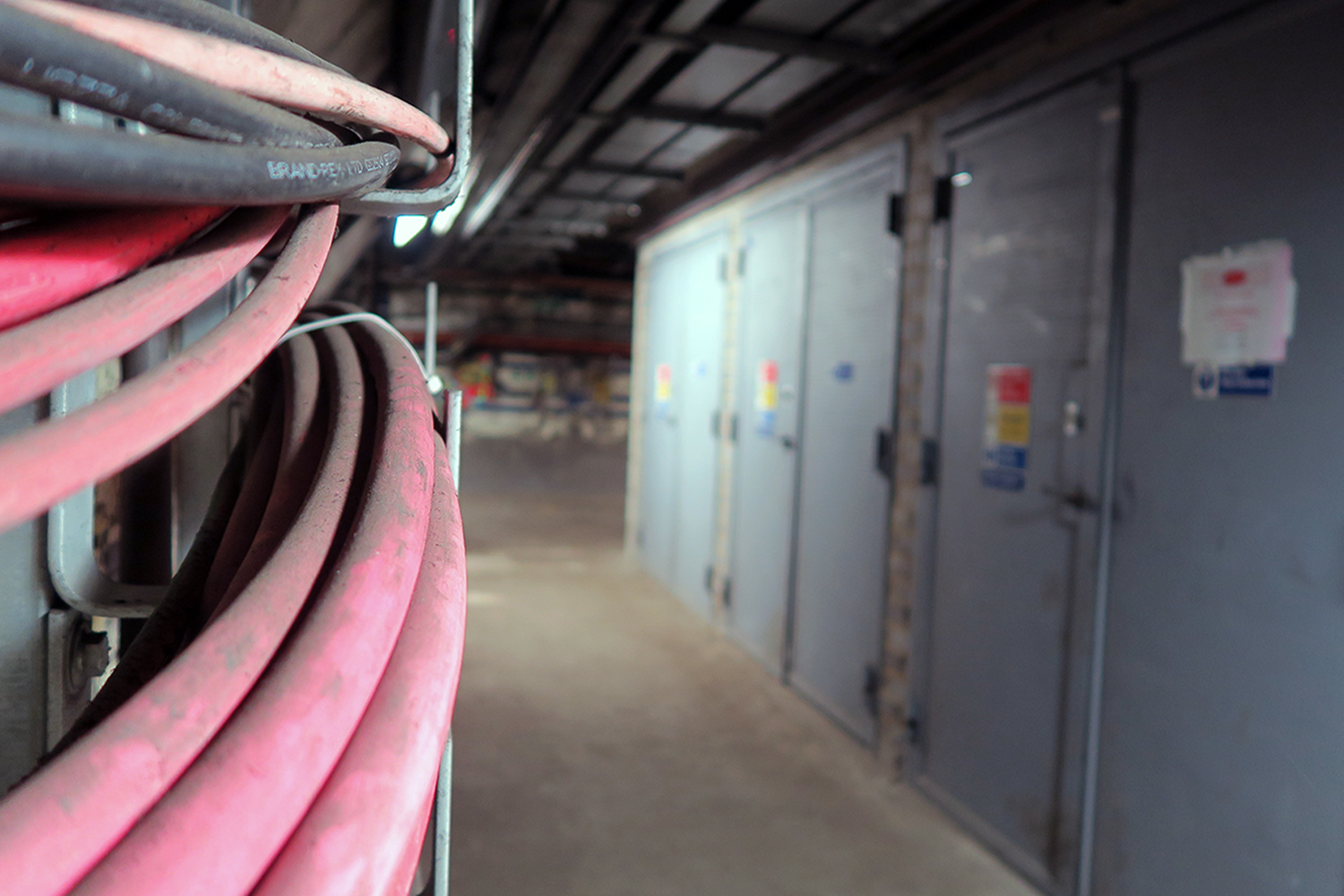
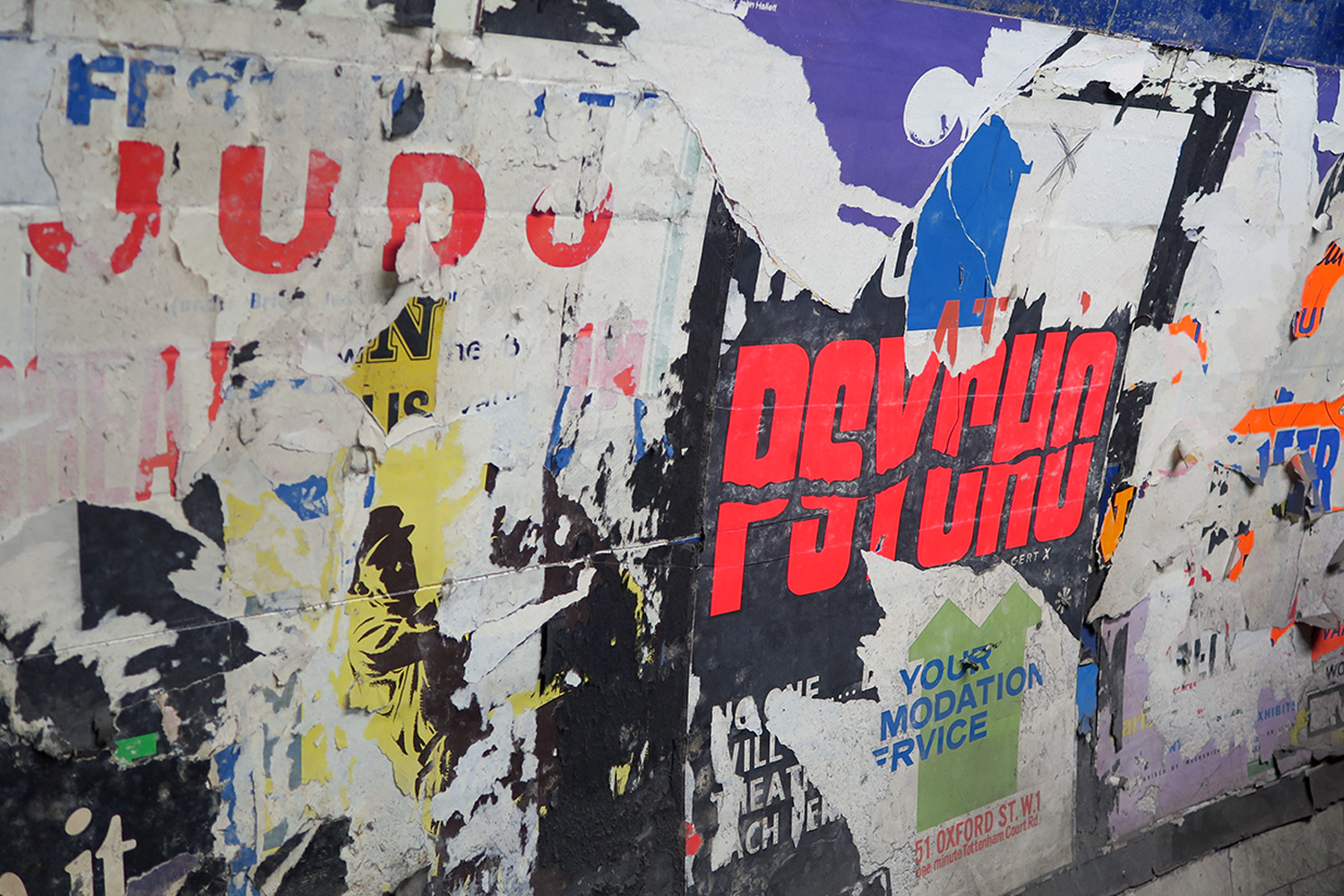
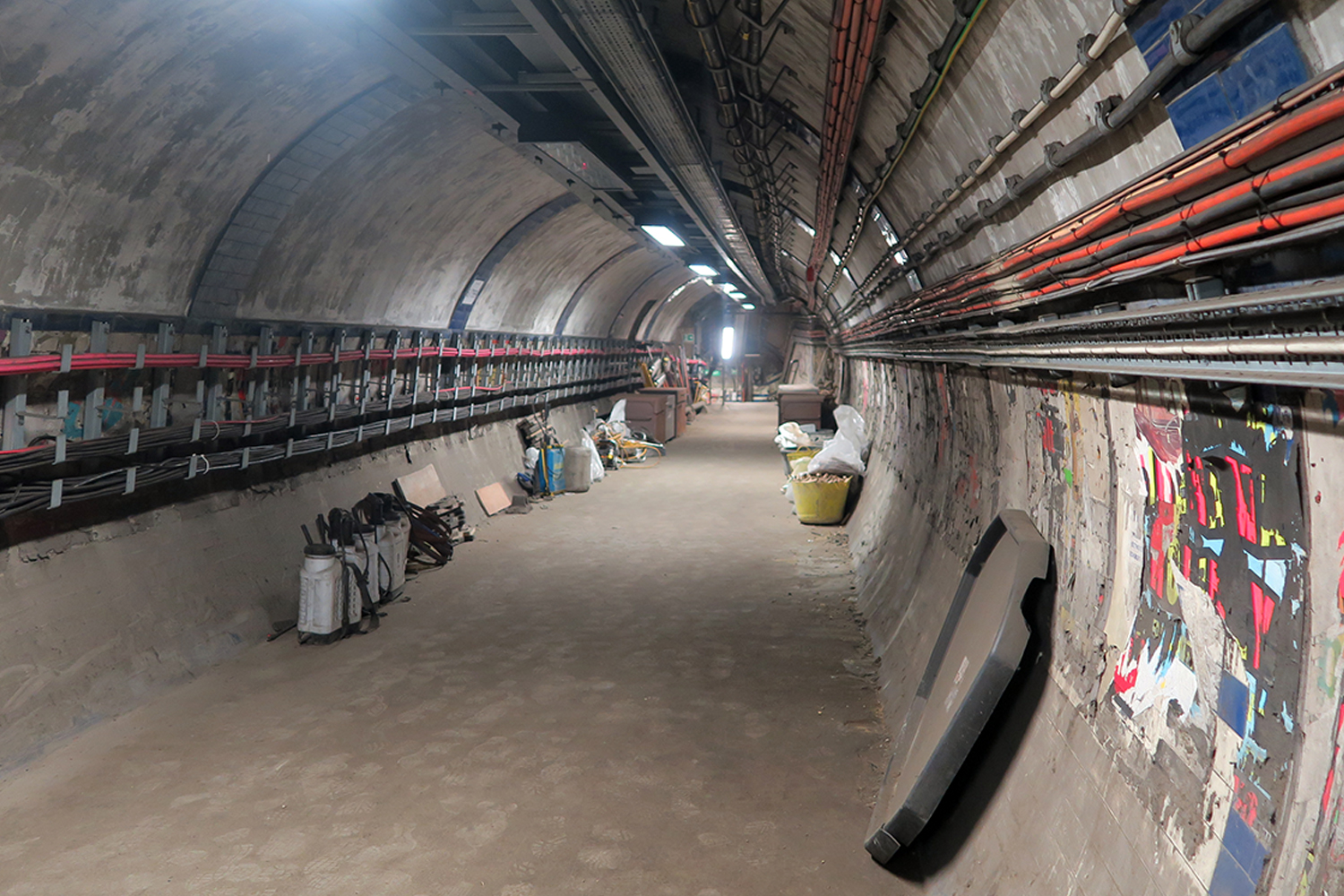
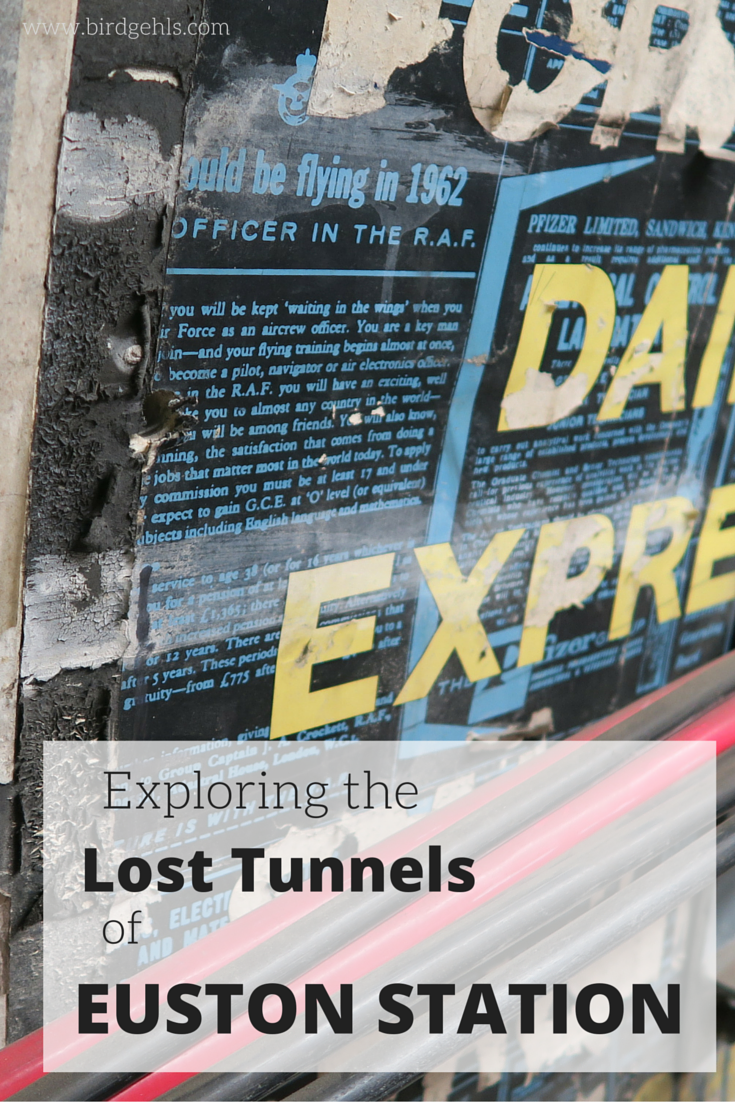
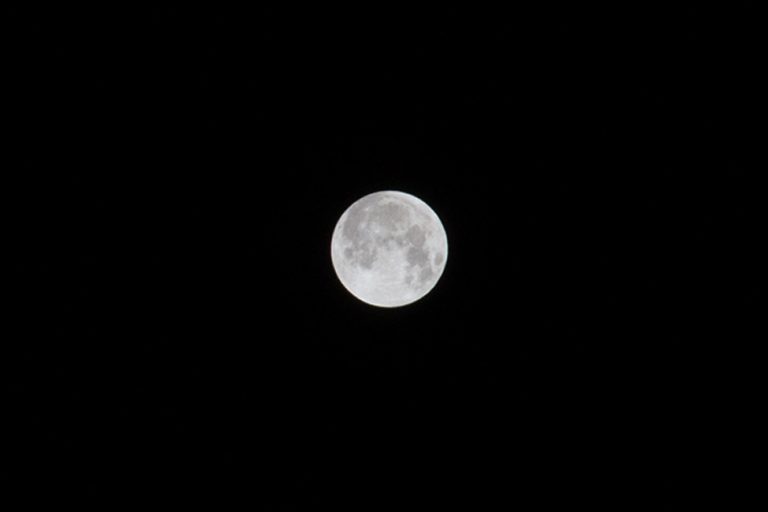
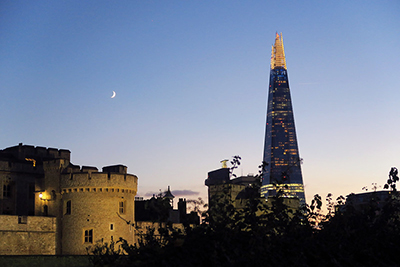
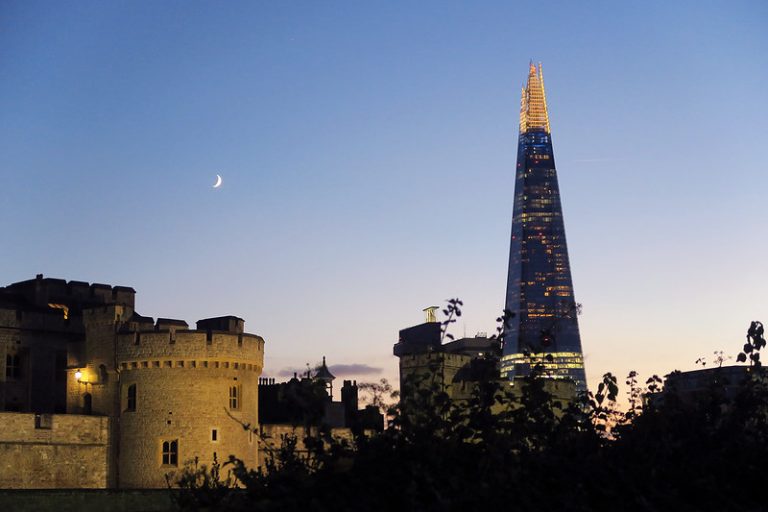
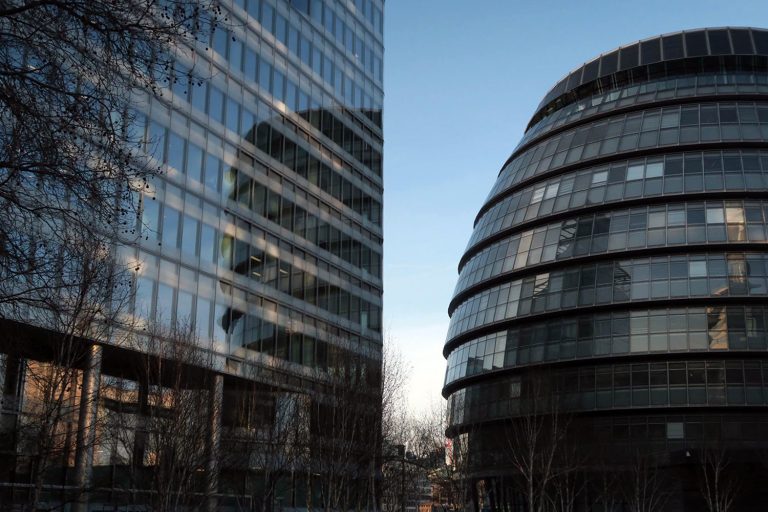
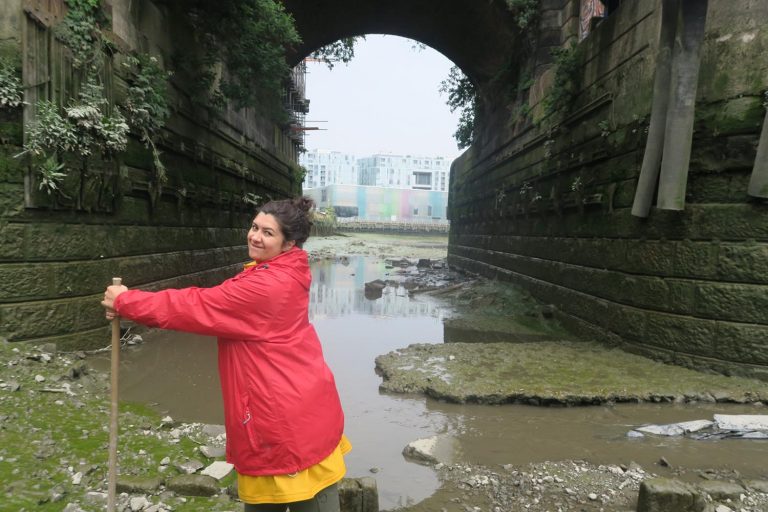

Whilst the Bakerloo line may be like bathing in a blast furnace, In my experience the central line is up there with the surface of the sun. I think this is the only positive there is about traveling on the circle and district lines, they might be slower than a pack horse, but atleast they are (relatively) roomy, air-conditioned and only a dozen or so feet down!
Same with the metropolitan, even if I only get to travel on it about once a year! That’s okay, though.